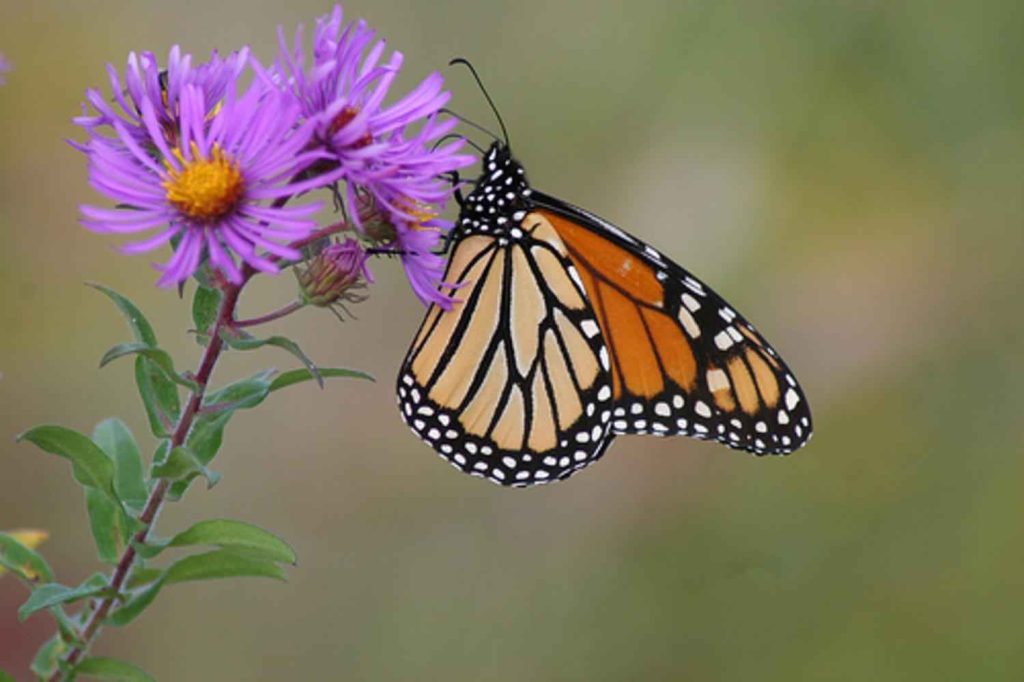
Why should you care about solutions for insect apocalypse? For many reasons. Read on…
I am aware that some people are repulsed by insects. But did you know 95% of insects are harmless or good for the garden? Some people are afraid of being stung by bees and wasps, but only honey bees, hornets and yellow jackets aggressively sting. And native wasps eat stink bugs! That alone is reason enough to welcome native wasps to your garden.
Insects are fascinating. The more you learn about them, the more you will care. You may see insects as creepy crawlies, but they are essential to life on Earth. Insects pollinate 90% of flowering plants. If insects disappeared, so would most flowering plants. In addition, habitats would be altered, food webs for wildlife would collapse, and the biosphere would rot because insect decomposers would be gone.
The Problem
Did you know 25% of our bumblebees are at risk of extinction? Four bumblebee species declined 96% in the last 20 years. Three bumblebee species may already be extinct. And these sad facts will only be heightened as our climate crisis continues. According to the Xerces Society, bees decline as temperatures rise.
Pollinators and caterpillars are the two most important insect groups that maintain plant diversity and contribute the most energy to food webs. Caterpillars are absolutely essential to the food web. Oak trees are the best trees to plant on your property, because they support 557 caterpillars species in our area. Why do we need so many caterpillars? To feed baby birds. For example, chickadees need 6,000 to 9,000 caterpillars to feed one nest of babies. No, that was not a type-o.
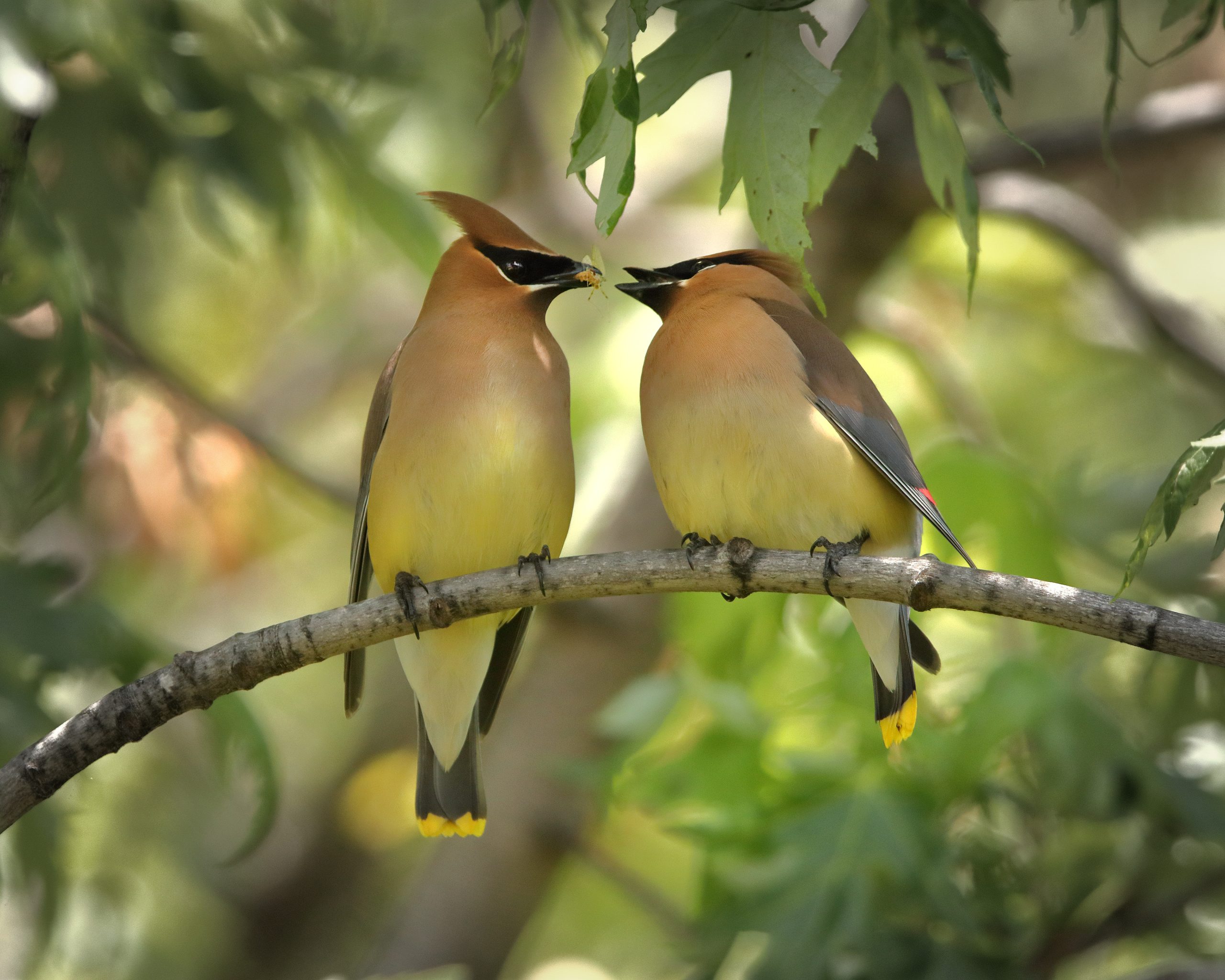
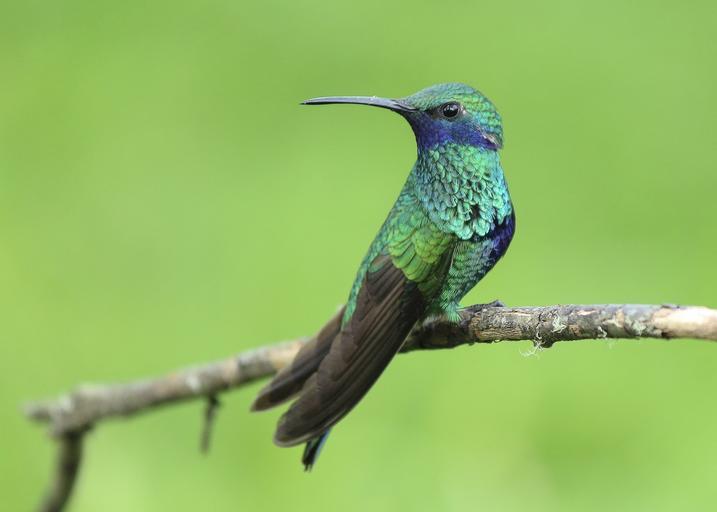
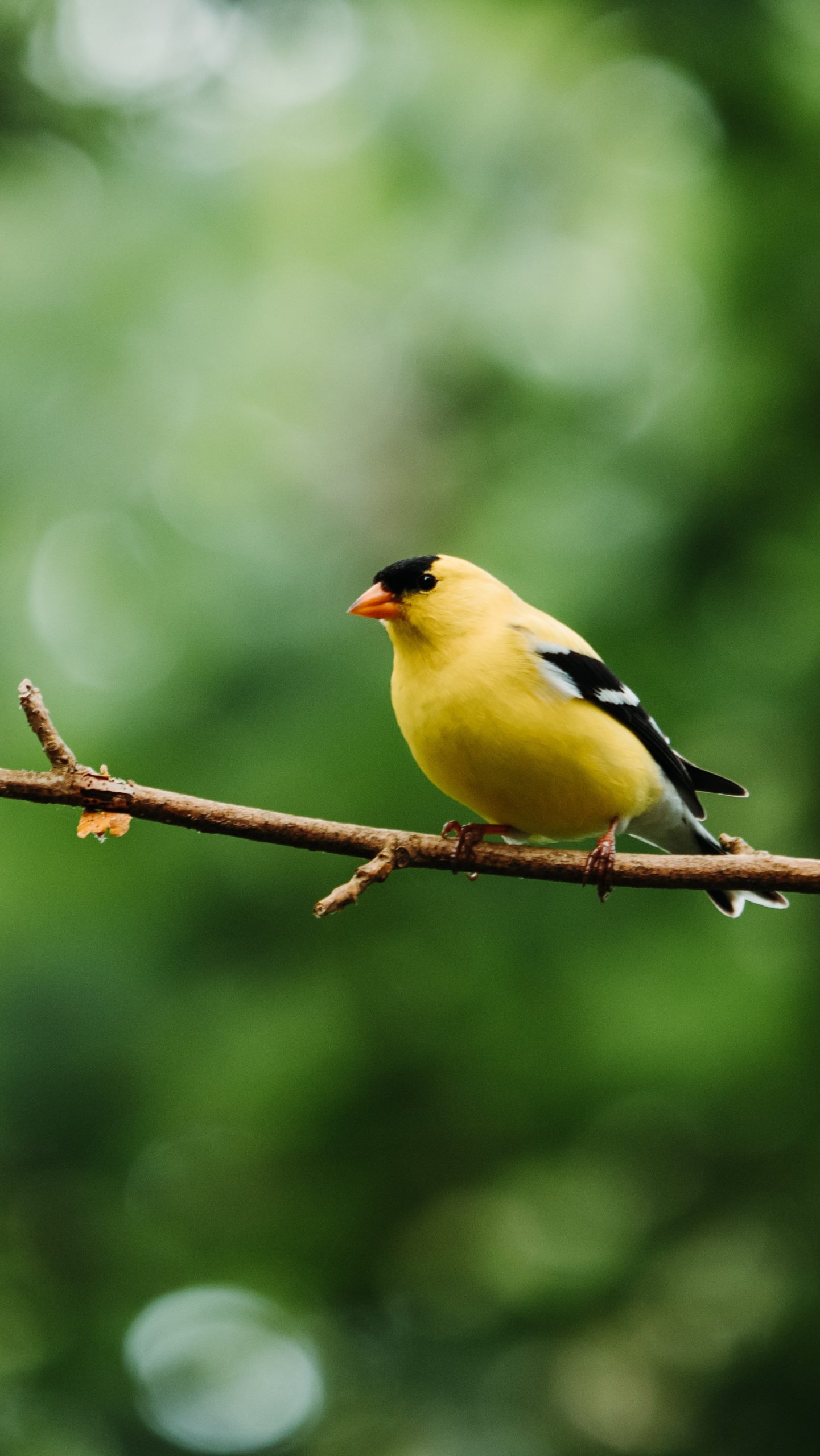
432 North American bird species are threatened with extinction. Why? Because as insects decline, so do bird populations that depend on insects to raise their young. Baby birds are starving in the nest because there are not enough caterpillars to feed them.
Causes of Insect Decline
Here are the reasons insects are disappearing:
- Pesticide misuse/overuse
- Habitat loss
- Sterile yards (non-native plantings, excessive lawn)
- Invasive plants
- Light pollution
- Climate crisis
All of the above is within our power to change. As homeowners, we have a responsibility as stewards of our land. As citizens, we can effect change at the local level by educating our elected officials, our friends and neighbors, and Homeowners Associations.
The Solution
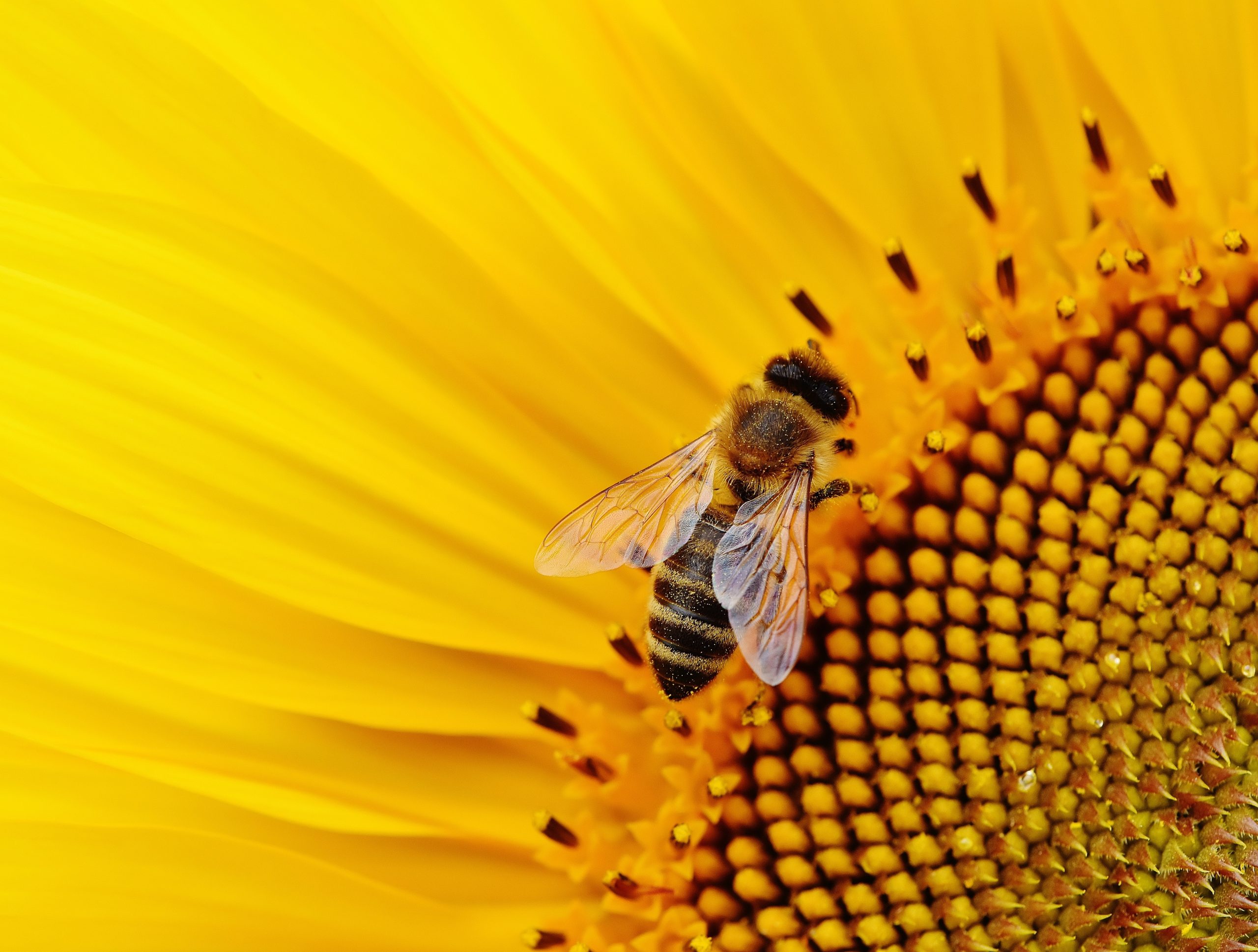
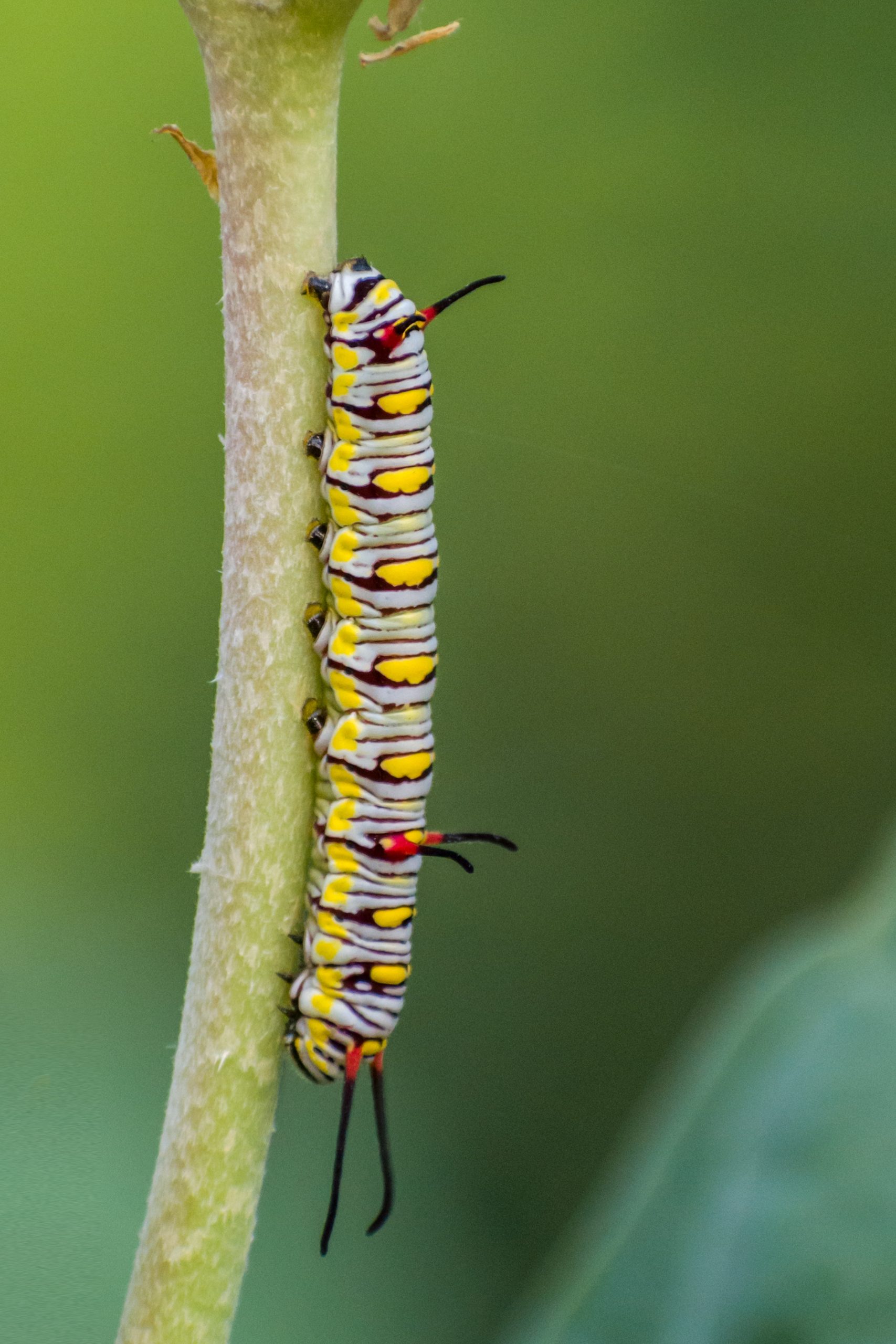
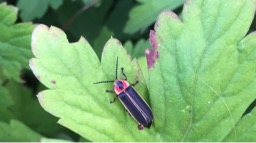
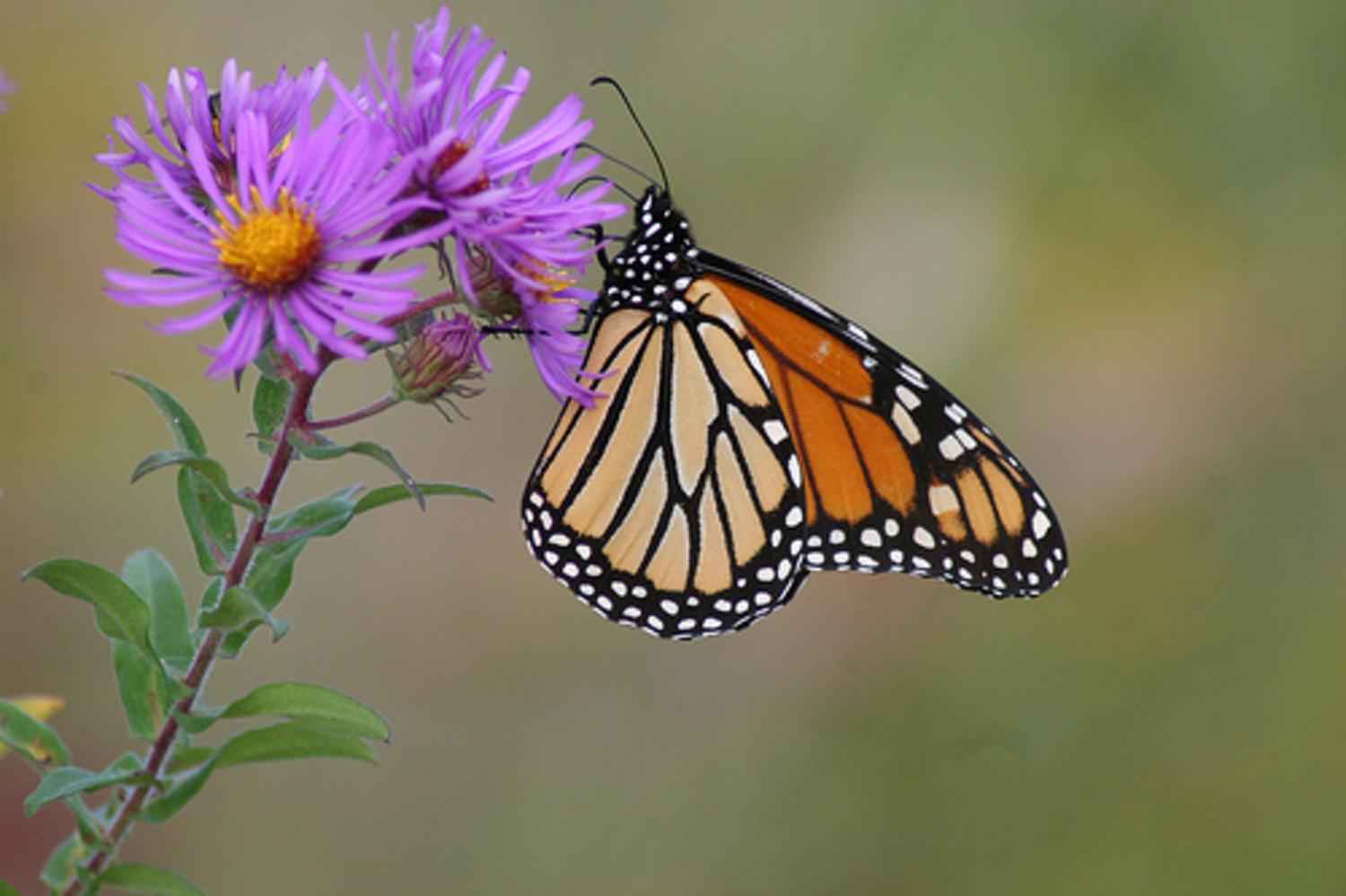
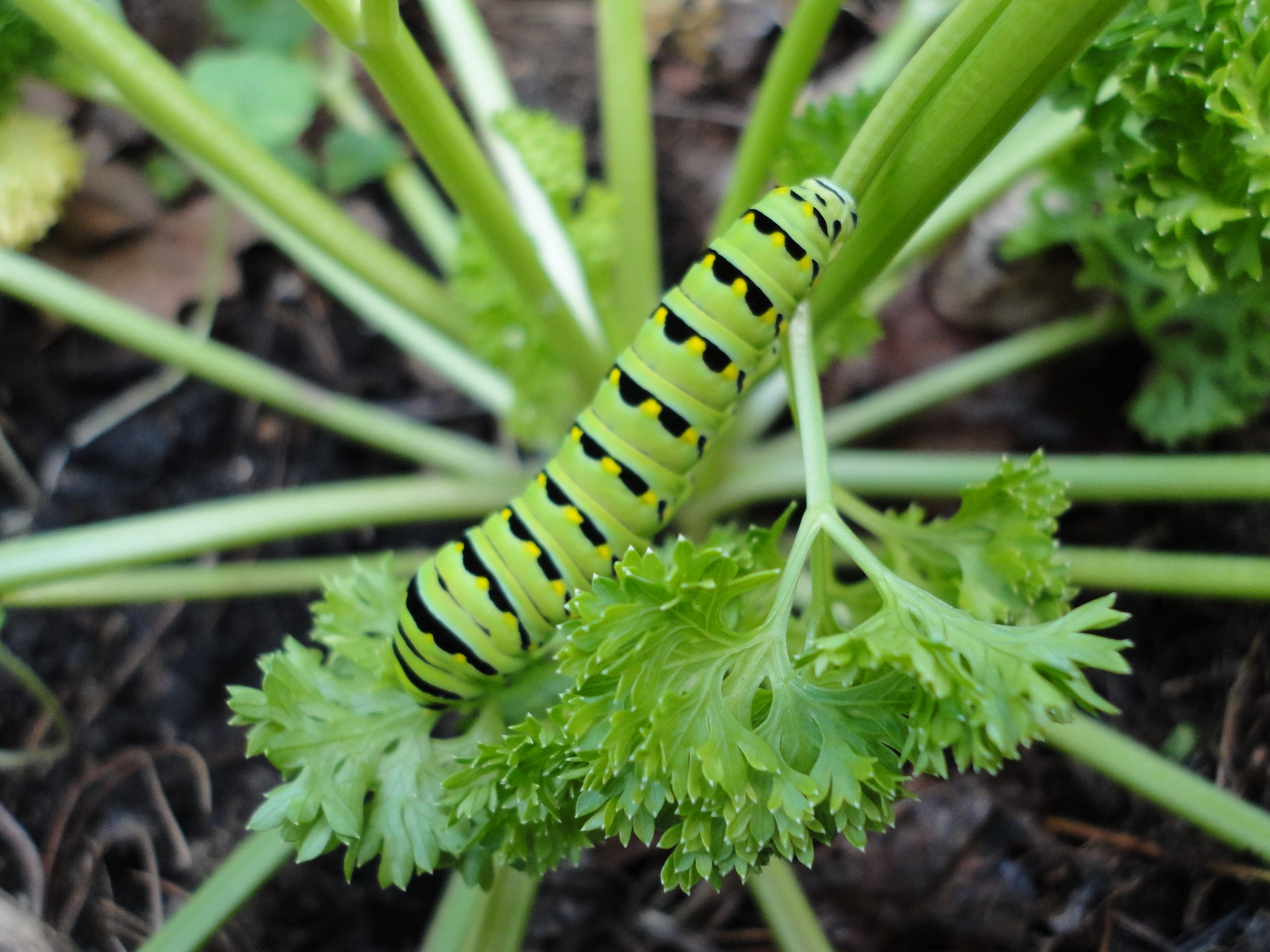
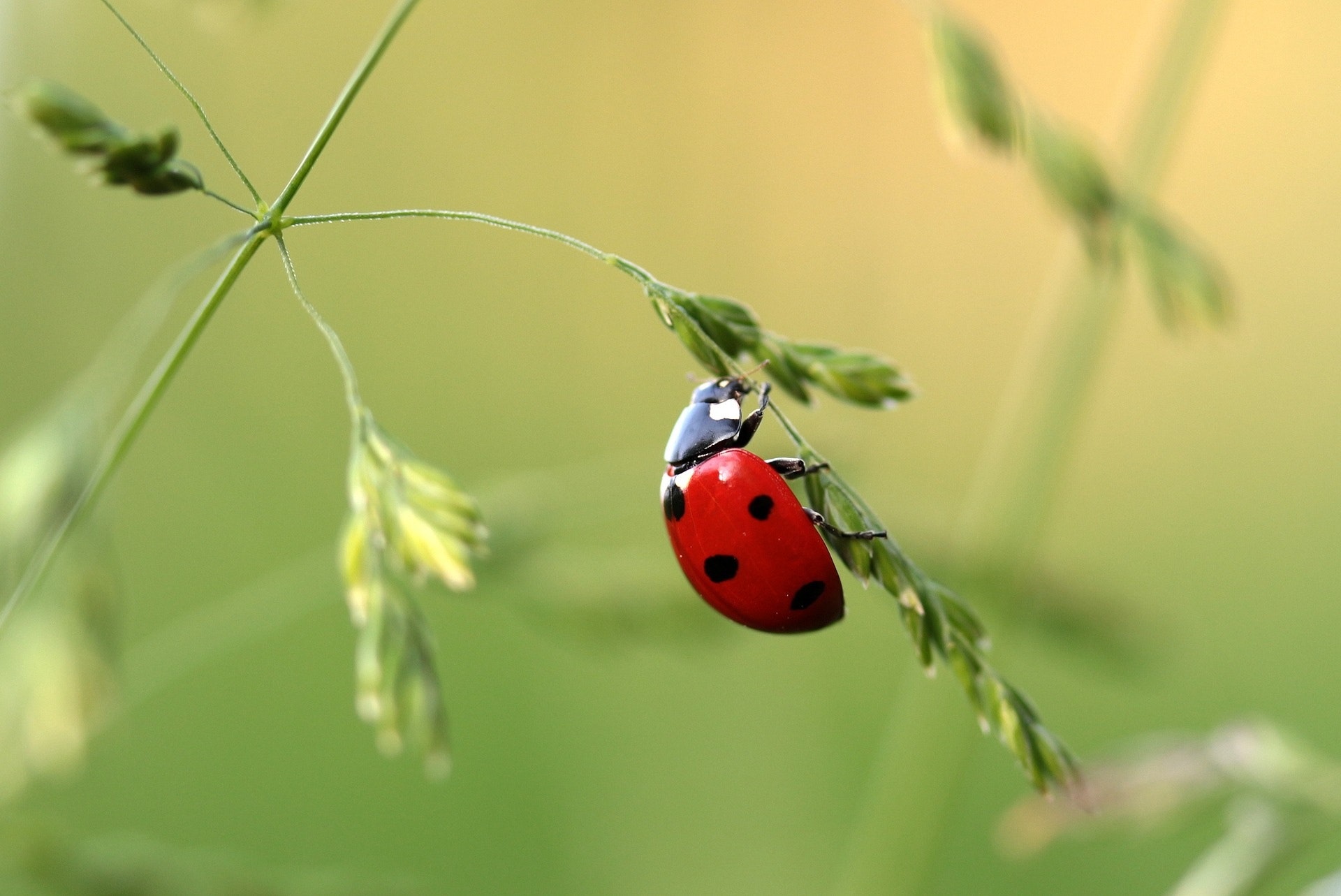
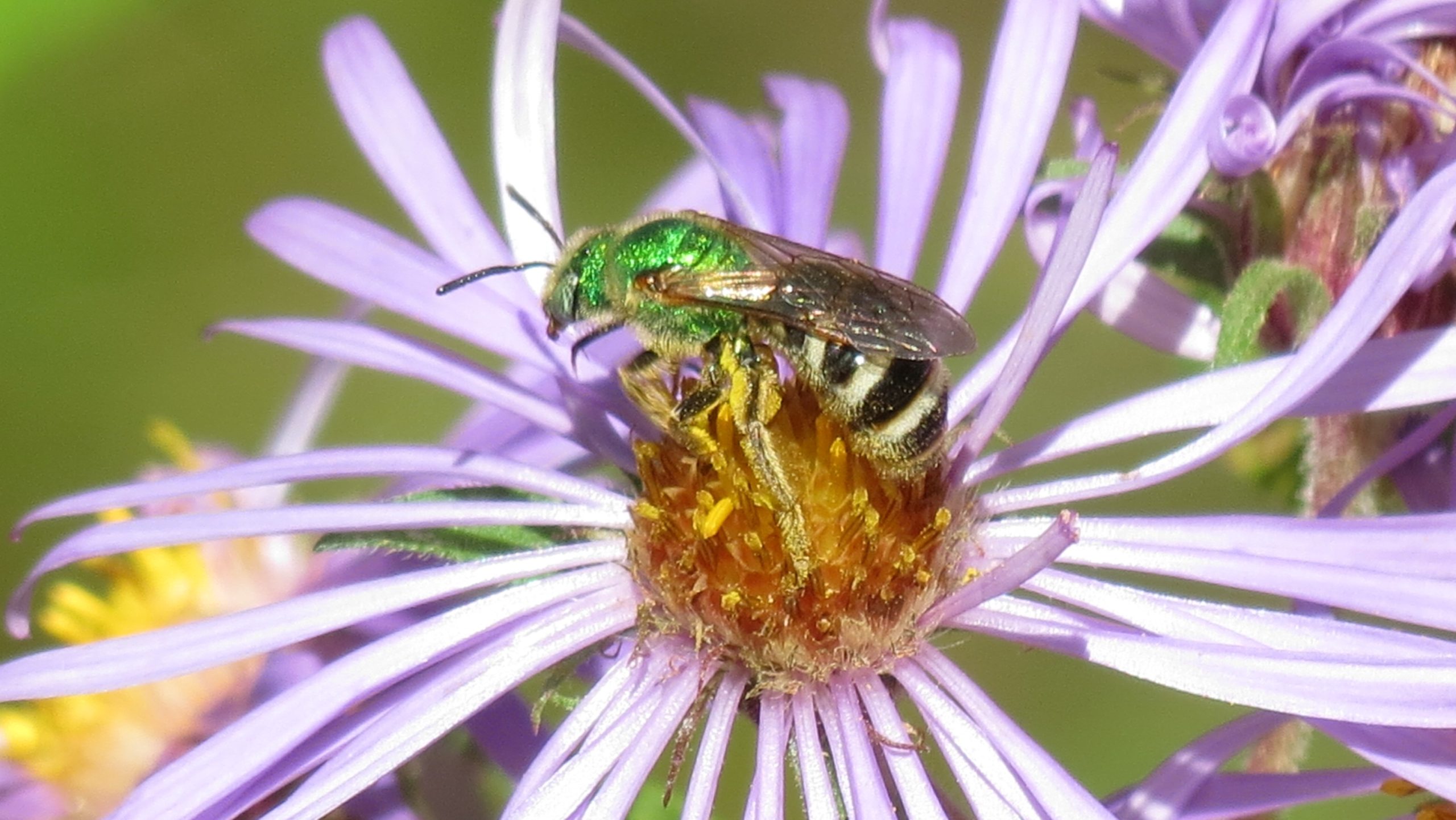
How do we support all these insects? By planting natives! However, not all native plants are equal in the nutrition they offer insects, so we need to know which natives to choose. Just 5% of natives support 75% of caterpillars, while 14% support 90% of caterpillars. These statistics help you understand the importance of plant choice.
Most native bees can use any native flower for nectar. However, one third of native bees are specialists, which means they need the pollen of specific natives to reproduce. That’s why a wide variety of native plants are necessary for a pollinator garden.
When selecting plants for your garden, be sure to include straight species (not cultivars) and keystone native plants. Straight species and keystone natives support the most insects and offer the most nutrition. The five essentials are native oak trees, native black cherry trees, goldenrods, asters and sunflowers.
Other good choices after adding the top five to your garden are willow trees/shrubs, dogwoods, red maple, sugar maple, viburnum, coneflower, anise hyssop, and phlox. A point to keep in mind: select only those keystone plants that are native to your region. National Wildlife Federation offers a list of natives according to zip code. Be sure to check the NWF list before purchasing plants.
What you can do
- Join the Xerces Society
- Do not use pesticides, herbicides or mosquito spray companies
- Plant keystone natives
- Share this information with your neighbors, local officials, and HOAs.
Now that you know what you can do, are you on board with the solution to stop insect apocalypse?

Leave a Reply